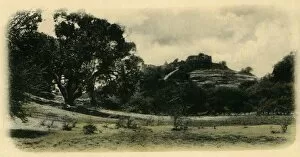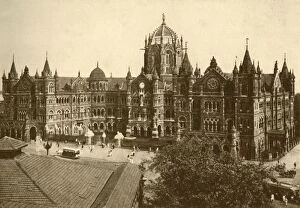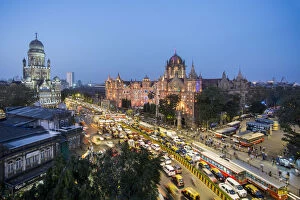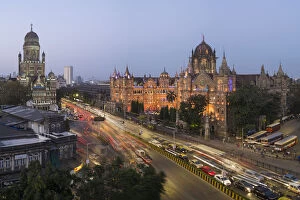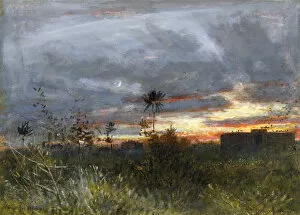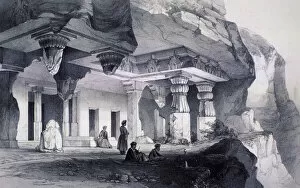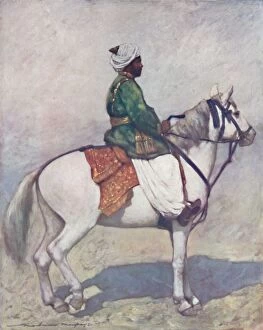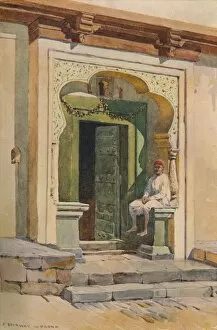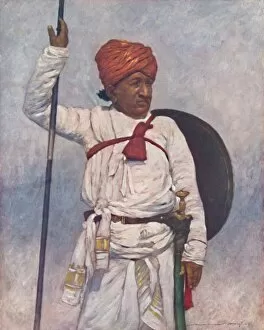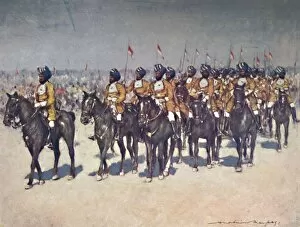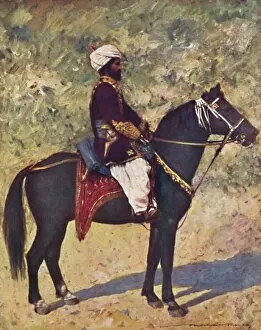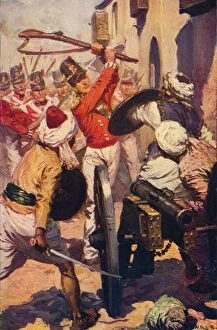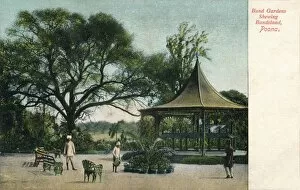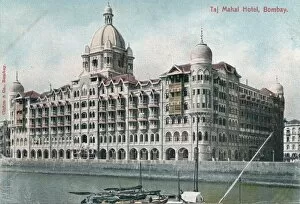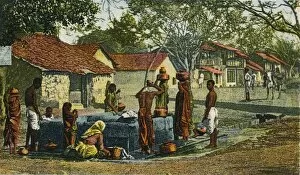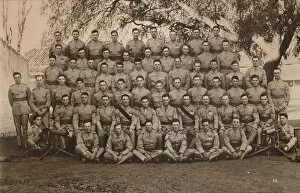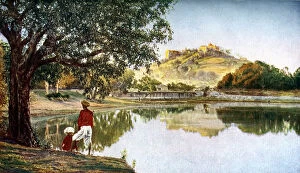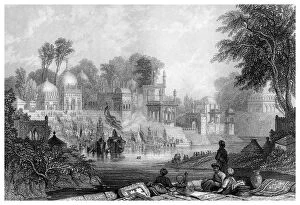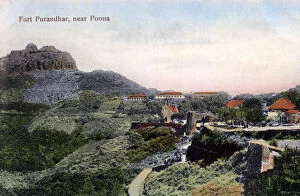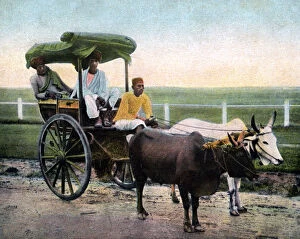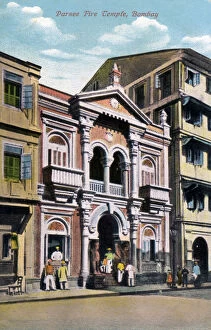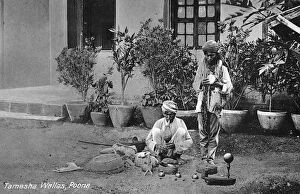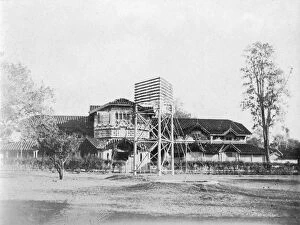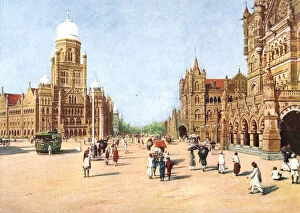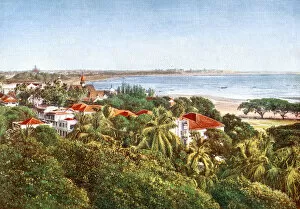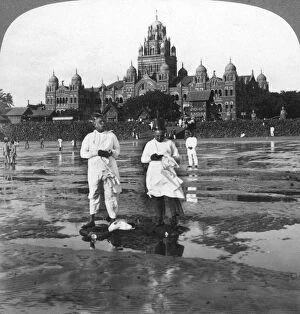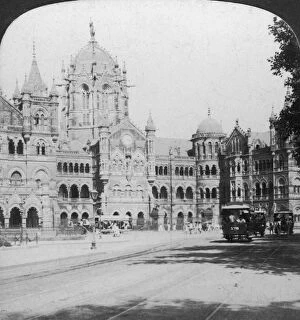Maharashtra Collection (page 5)
Maharashtra: A Tapestry of Culture, Heritage, and Beauty Traffic on Koregaon Road, Pune, Maharashtra state, India
For sale as Licensed Images
Choose your image, Select your licence and Download the media
Maharashtra: A Tapestry of Culture, Heritage, and Beauty Traffic on Koregaon Road, Pune, Maharashtra state, India, Asia: Witness the vibrant energy as bustling traffic flows through the streets of Pune's Koregaon Road. This city is a melting pot of cultures and traditions. Antique map of Bombay, India, 19th Century: Step back in time with this antique map showcasing the historical significance of Bombay (now Mumbai), a city that has evolved into a thriving metropolis while retaining its rich heritage. Flying Gandharva at Ellora: Marvel at the exquisite sculptures adorning the ancient caves of Ellora as you encounter a mesmerizing flying Gandharva - celestial beings from Hindu mythology who captivate visitors with their ethereal beauty. Sculpture of Buddha in the main room of Vishvakarma Temple (Cave 10), Ellora Caves: Discover inner peace within the serene ambiance created by an intricately carved sculpture depicting Lord Buddha himself at Cave 10 in Ellora Caves - an architectural marvel representing harmony between Buddhism and Hinduism. John Wood Approaching Bombay c1850 by Joseph Heard: Immerse yourself in history through this artwork capturing British architect John Wood's arrival to Bombay during colonial times; it reflects how Maharashtra has been shaped by various influences over centuries. Flying Gandharva on Façade of Kailasa Temple: Be awestruck by another breathtaking flying Gandharva sculpture gracing the façade of Kailasa Temple at Ellora - an engineering masterpiece carved out entirely from solid rock dedicated to Lord Shiva. Lakshmi at Entrance of Kailas Temple at Ellora: Encounter divine blessings as Goddess Lakshmi welcomes you to Kailas Temple's entrance with her grace and abundance – a testament to Maharashtra's deep-rooted spirituality and devotion.


